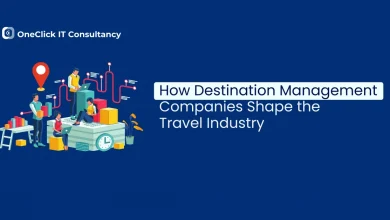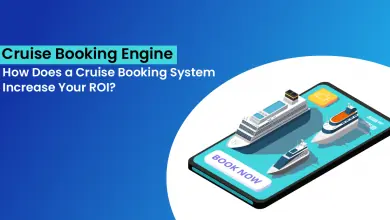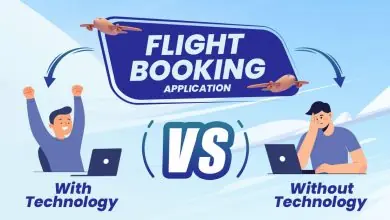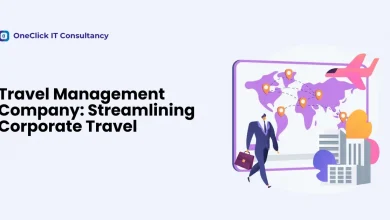The Tech Behind Easy Travel: A Look at Online Travel Booking Engine
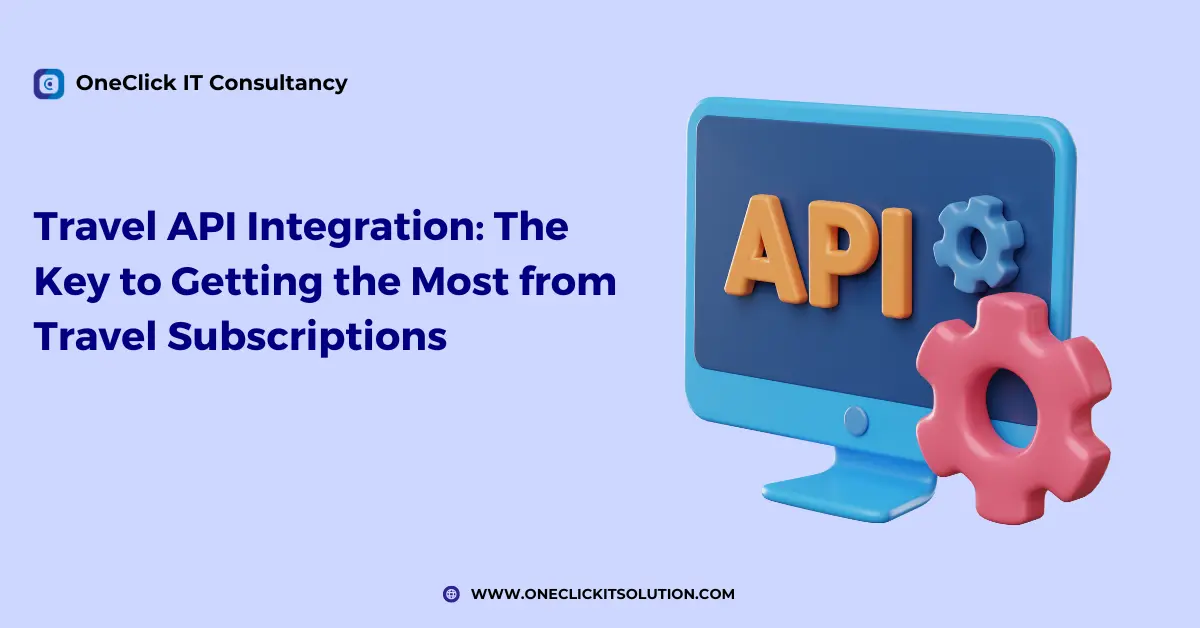
Are you prepared to make changes to your travel subscription platform that will provide subscribers with an experience they will remember for the rest of their lives? Then, you need to take a few minutes to read this blog post, which gives all the insights you need to know about travel API integration and how you can benefit the most from it!
To begin with, have you ever considered using travel APIs to establish a scalable travel subscription platform? Travel APIs can establish a solid and scalable travel subscription platform, significantly improving the overall subscriber experience. Options from multiple websites or apps will be consolidated in a single platform, allowing subscribers to access various travel possibilities they can pursue. Travel APIs gain immediate access to available services and pricing information. This allows subscribers to confidently choose the services they want without dealing with negative outcomes.
The benefits that travel API integration can bring to travel companies are numerous. They range from operational efficiency improvement to advanced customer experience delivery. With its power, travel companies can receive new possibilities within a highly dynamic and quickly changing domain. In the future, 74% of global revenue in the travel market will come from online sales in the next four years.
Why Do You Need Travel APIs?
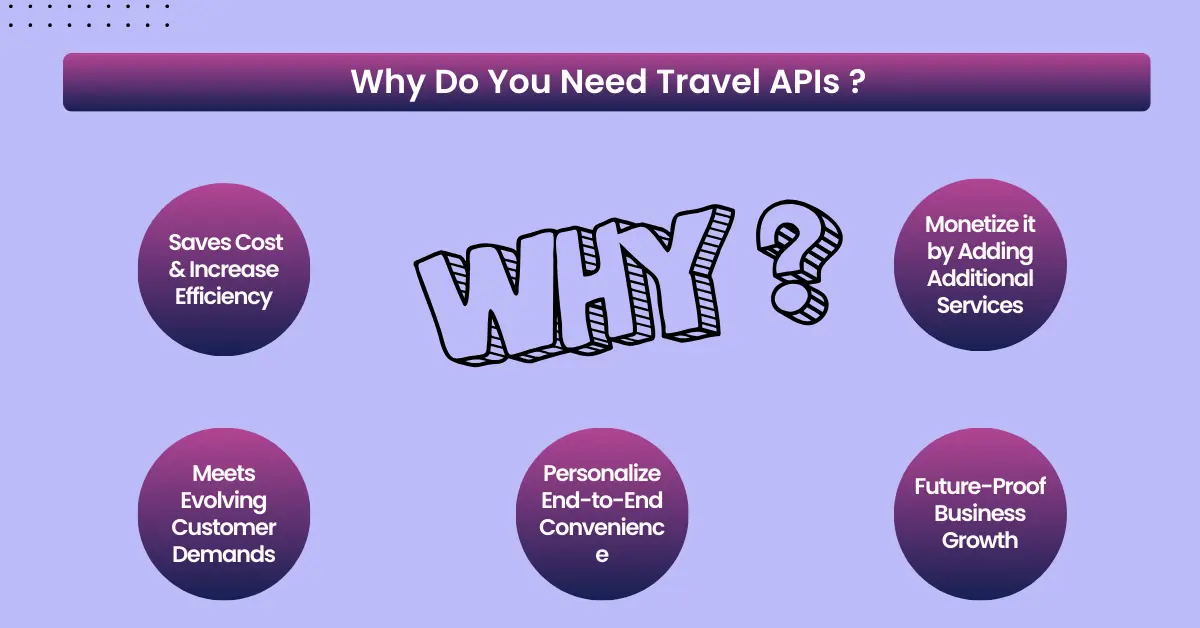
The travel industry is undergoing dramatic changes, and in eight years, 76 percent of all revenue will be generated by online sales. As the sector’s tech environment gets more competitive, businesses must deliver services quickly and cheaply and have data-driven suggestions. That’s why deploying travel APIs is quite beneficial since they offer numerous benefits:
1. It Saves Cost and Increase Efficiency
When you rely on manual reservation tracking and repeated input of customer information, it leads to human errors and overhead. Travel APIs facilitate data exchange between separate systems, ensuring seamless interaction that eliminates redundant input and overhead. This allows organizations to save on high overhead costs and time spent on manual administrative activities.
2. Meets Evolving Customer Demands
Developing new customized travel products is a laborious process that can take a long time to complete. APIs offer on-demand access to real-time travel data and pre-designed tools, enabling businesses to quickly develop and test new offerings. It is crucial to meet rapidly changing customer demands and react to these changes.
3. To Personalize End-to-End Convenience
By enabling all booking-associated informational touchpoints, APIs allow customers to apply different filters to their searches and identify products that match their requirements. Customers can create and pay for their custom products in a single place, thus improving their overall experience.
4. You can Monetize it by Adding Additional Services
APIs integrate services such as travel insurance, local activities, and ride-sharing into the booking process, in addition to planes, hotels, and car rentals. This allows you to upsell additional services to customers, increasing transaction values and revenue.
5. Future-Proof Business Growth
Technology moves quickly, and the next data source or third-party service will not have the same cooperation system. Your ability to easily integrate this evolution through flexible and scalable API platforms future-proofs your business growth.
Key Strategies for Travel API Integration:
1. Define Clear Integration Goals
Clearly define what you want to achieve through the integration of travel APIs and what your requirements are. This includes determining the scope of travel services—do you want to offer flight searches and booking, hotel reservations, car rental, or full travel itineraries, etc. Understanding your goals and requirements will enable you to make a more informed choice when selecting APIs and deciding how to implement them.
2. Evaluate and Select Reliable API Providers
It’s important to choose API providers that are well-established, experienced, and provide the most reliable data. Consider uptime and response times to ensure your system is well-supported, the quality of documentation and resources, and the availability of a developer knowledge base. The most reliable API providers will offer a wider range of compatible options and fewer interruptions.
3. Thoroughly Review API Documentation
Review the API documentation made available by the vendor. Know the available endpoints, request parameters, response format, authentication options, and usage limit. Understanding an API’s available functionality and constraints is essential for effective integration.
4. Manage Rate Limits and Handle Errors Gracefully
Each API provider has its rate-limiting and throttling policies, which aim to prevent misuse and overuse and protect the backend services from overloading. It calls for implementing retry logic and advanced error handling, allowing for managing rate limit errors and transient failures uninterruptedly and providing a user-friendly and straightforward interface. Make sure to follow these strategies to ensure the long-term success of the process.
5. Optimize Performance and Responsiveness
Optimizing the requests and responses made to and received from the API is necessary to enhance performance levels. It may require caching frequently utilized data, allowing the batching of multiple calls in one request, optimizing multiple network operations, and reducing the costs associated with transferring data over the internet.
How API Integration Streamlines Various Aspects of a Subscription Service
The technology of integrating travel APIs into the travel business allows for easy and convenient access to thousands of third-party travel offers, which is a meaningful transformation of the sector. Travel API integration is a concept data connection between travel companies’ systems and other partners’ systems, which services they want to offer—airlines, car rentals, hotels, any particular accommodation, and holiday bundles from a few tour operators.
These protocols enable travel companies to grab real-time inventory data, pricing information, availability status, live video, and images of the services offered, sometimes in actual time, right from the providers’ applications. Despite the fact that an API is not a substance, it may be thought of as a set of protocols governing the way software programs interact, allowing developers to access an application’s capabilities or data without building an app from scratch.
Content Management
API integration completely reimagines content management by streamlining the vast array of necessary tasks:
- Centralized content distribution: APIs make it possible to integrate all the content you create into several content delivery platforms where distribution can be automatic and reliable, working across websites, mobile apps, and social media.
- Real-time updates: When you change something using an API, that change becomes effective on every system the provided API is connected to. There is no need to remember which platforms the new content has yet to reach.
- Content curation: Different APIs will cooperate to provide content from separate repositories. They ensure that your native content, cached content, content mixed with related fields, or basic news and post fetching is easy and ready for redistribution.
- Content analytics: With APIs, precisely this kind of data collection will be simpler. Gathered analytics can tell you what type of content is most appreciated, providing statistics for routinely making and maintaining editorial decisions.
Booking Management
API integration simplifies the booking management process and ensures efficiency and precision in various ways. They include:
- Unified Booking Interface: APIs integrate booking offers from hotels, airlines, and car rental service providers into a single interface. As such, clients do not have to switch between various service websites, which makes the experience more convenient for users.
- Real-Time Availability and Pricing: Users receive real-time information on availability and booking prices. This eliminates the risk of overbooking while increasing client reliability.
- Automated Confirmation and Notification: Upon booking, users receive confirmation emails and notifications instantly. This automates user assurance and reduces the workload of customer service personnel.
- Integrated Payment Processing: APIs integrate booking systems with secure payment gateways, helping clients complete transactions on the platform. This reduces the steps the customer has to take to complete a transaction.
Subscription Management
The API enhances subscription management through automation and simplification of administrative tasks. These include:
- Onboarding and Billing Automation: The API can simplify onboarding new subscribers by automating the registration process, which includes data entry and payment processing. The subscriber finds the process easier and more convenient, and it ensures that the billing is done appropriately from the beginning.
- Real-Time Account Updates: The API S may track and update subscription plans based on the user’s needs or financial capabilities. Under certain circumstances, the user may upgrade, downgrade, or cancel their subscription.
- Subscription Renewal and Reminders: The API may help the company manage subscription renewals and nudge subscribers to renew their subscriptions or notify them of imminent renewal. This alerts the user and assures the company of continued subscription delivery. It also prevents involuntary subscription cancellations due to payment failure or other problems.
- Reporting: The API gathers subscriber and revenue data and other related indicators to guide the company in making informed decisions. The comprehensive report is significant in data-informed decision-making.
Personalization
Personalization is one of the key areas where API integration drives an impact, helping organizations deliver individualized experiences to their users. APIs support the following aspects of personalization:
- User data aggregation: APIs can aggregate data from multiple sources to create a comprehensive user profile, including browsing behavior, transaction history, and preferences, and personalize content recommendations based on this data.
- Dynamic content delivery: APIs enable personalized content delivery based on user data, such as a streaming service recommending a show based on a user’s history or an e-commerce platform offering a product similar to one the user has ordered before.
- Customized user journeys: They allow for the customization of user journeys by defining which content, offers, and notifications each user sees based on their behavior and preferences, increasing engagement and conversion rates.
- Real-time personalization: APIs can personalize users’ experiences in real time based on the latest data, ensuring they are always relevant and engaging.
Travel API Integration Process
To help you understand the process, below is a step-by-step process of integrating travel APIs into your system:
1. Supplier Selection
This is the first step of the integration process, where you take the time to find suppliers that will meet your travel agency’s needs. Your choice of sources will depend on factors and conditions like availability, regional coverage, rates, and your agency’s additional requirements. Since some suppliers might provide better rates and a more comprehensive pool of hotels or any other service in your region, you should also consider their offerings to make an informed decision.
Things to consider: Not all suppliers offer multiple API modules. These may include hotels, flights, activities, and more, so check which providers will fully cover the agency’s needs. This will help you expedite your integration if you require several services.
2. Contract signing and API documentation
Agreement: After deciding on the supplier, a contract for using their travel API should be signed. The most important thing is to include all the necessary modules, and it is likely that each of them has its API. It is also possible that the supplier will charge a certain fee just for having a contract, but often, this can be negotiated if you have a good relationship or a large purchasing volume.
Documentation: The supplier’s API documentation and test access will be provided. The document contains technical information about the API’s components, parameters, regulations, and services. A reliable technology partner is very important at this stage.
3. API Document Assessment and Development
Technical assessment: Technology partners will Analyze API documents to Evaluate compatibility with your booking engine. Your technology partners will establish whether the present XML connector requires a few alterations and improvements or whether a connector needs to be built from the very beginning.
Multiple APIs: As previously mentioned, more APIs necessitate additional connectors to be developed.
4. Get Certified and Integrated
Certification: The supplier will certify your newly developed or modified connectors. Existing connections will take several weeks, while new connections will take merely a month. Live Access: After being verified, the supplier will give you credentials to the live feeds. Your technology partner will then switch BL’s staging feeds with the live feeds and incorporate them into your booking engine.
5. Post-Integration
Once you have completed your integration and your site is live, your clients will observe real-time data for all the integrated modules. The next common concern post-integration is the search response time. There are several influencing factors.
- Booking engine architecture
- Server location
- Number of integrated APIs
- Supplier’s response time
Conclusion
Considering the benefits of travel API integration, selecting the appropriate provider becomes critical for the optimal performance of a travel subscription. A travel API enables linking various services – starting from flights, hotels, and car rentals, ending with different activities – into one system.
Integration of such a service reduces operational expenses, enhances the alertness of provided information, and nurtures high-quality interaction. Processing real-time data, streamlining travelers’ booking, and delivering solutions for proficient user communication are the primary advantages of using this tool.
Want to take your travel business to new heights? Work with OneClick IT Consultancy to make API integration easier. We can help with bookings in minutes. Improving the user experience and efficiency are just a few of the things our team can do. Click here to get started!


